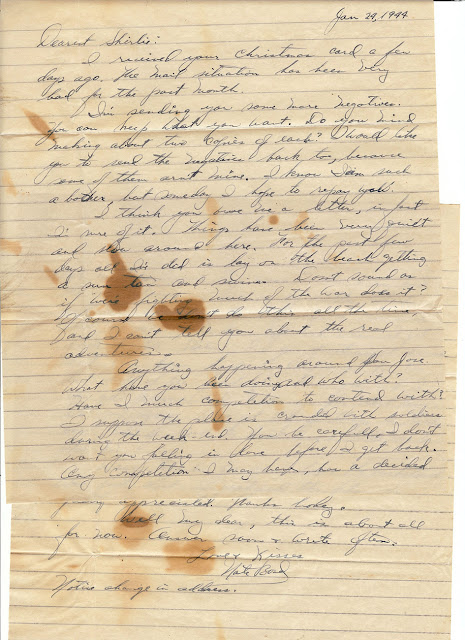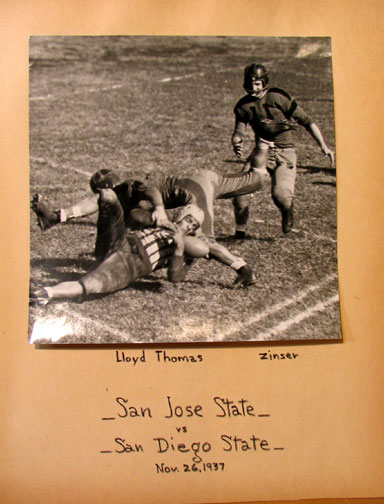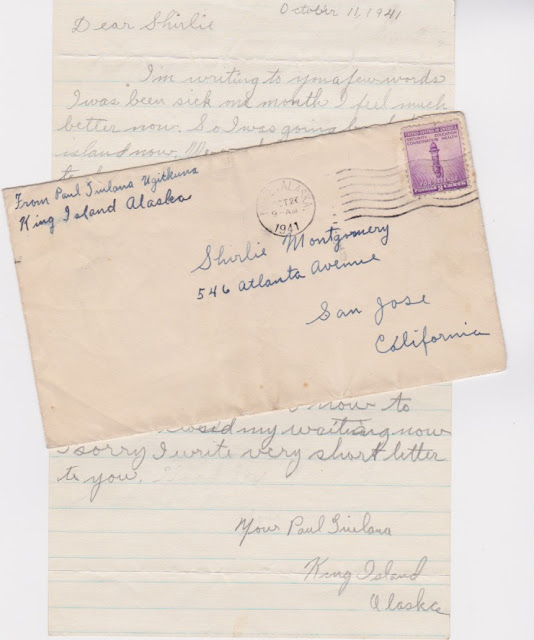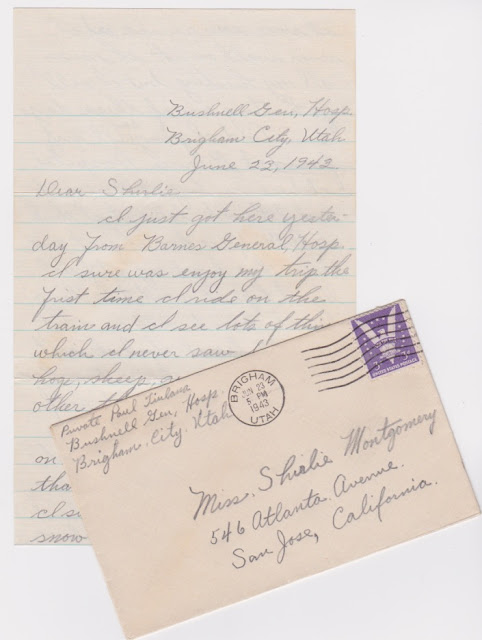Shirlie Alice Montgomery June 9, 1918 – November 5, 2012
Shirlie Alice Montgomery was born on Chapman Street in San Jose on June 9, 1918. She was an only child. To her friends and neighbors she was a treasure trove of history. Shirlie remembered it all. She remembered the Great Depression as a child, the Second World War as a young woman, and eventually the transformation of the Santa Clara Valley from a moderately sized agricultural town to the hustle and bustle of modern Silicon Valley. The majority of her memories were supported by the thousands of photographs in her collection.
She was the surviving grandniece of San Jose’s forefather T.S. Montgomery. Shirlie lived a colorful life but professionally she photographed it with a 4X5 Speed Graphic in B&W. She was a celebrated photographer that shot Hollywood stars, U.S. Presidents and pro wrestlers. Although Shirlie did work for the S. F. Examiner and the San Jose Mercury, her works remain some of the best representations of pro wrestling from the 40’s thru the 60’s. When asked about her penchant for shooting professional wrestlers she would answer “I always liked the big boys.” Such stories Shirlie had!
She will never be forgotten. God rest her soul. (Obituary by Joe Holt, neighbor and friend.)
Monday, October 28, 2019
School Play 1930
Sunday, August 25, 2019
Lieutenant Nathan Bond WW2 Artillery Soldier in the Dutch East Indies
Sunday, June 9, 2019
Happy 101st Birthday Shirlie
Sunday, April 7, 2019
George Lanning and the "Three Sensational Royals"
July 4th 1937 ... Shirlie was at Santa Cruz Beach as usual. She just loved the beach ... more than her precious "Valley of Hearts' Delight." Shirlie had just turned 19 years old, two years out of San Jose High School. Still finding her way and enjoying every minute of it.
Happenstance, the Santa Cruz Boardwalk had booked "the greatest aerial act of all time," the "Three Sensational Royals." Headed by an equally young George Lanning, this act did acrobatic and trapeze stunts atop a 100 to 150 foot tall rotating and swaying pole. Gads!
The two met and must have had a great time, as George wrote Shirlie a week later saying the group would be in "Frisco a couple more weeks" and wanted to see her again.
What happened to their relationship ... I do not know. Shirlie never mentioned it to me, but George wrote again (at least once) in February to let Shirlie know they were back in San Francisco. He re-introduced himself as "the crazy guy that you met at 4th of July at Santa Cruz 1937."
Well George became pretty successful with his aerial trapeze act, traveling all over America at fairs and carnivals. He was written up in local and national newspapers and such publications as Billboard.
 |
| The_Enterprise_Ledger_Fri__Nov_6__1942 |
 |
| The_Elba_Clipper_Thu__Nov_5__1942 |
 |
| Billboard Mar 28, 1942 |
 |
| The_Sandusky_Register_Fri__May_13__1949 |
 |
| The_Fairmount_News_Thu__May_19__1949 |
Thursday, February 14, 2019
The Storms of Jan - Feb 1969
 |
| Flooding on East Santa Clara Street. The Foursquare Church in the background has a sign: "Moved to 1470 McKinley Avenue" a move they made in the beginning of January 1969. |
 |
| Flooding in front of the Williams Funeral Chapel on Santa Clara Street between at Seventh and Eighth Streets. |
Tuesday, February 12, 2019
Happy Valentine's Day Shirlie Bug
Friday, February 1, 2019
Santa Clara University Footall Programs 1930s
For a lot of facts & fun stuff about SCU football through the years, check out History of Santa Clara University Football
San Jose State College Football 1937
Tuesday, January 29, 2019
Paul and Peter Tiulana
The Tiulanas were from King Island in the Bering Strait, just off the Alaskan Seward Peninsula. He was an Inupiat Native and was taught at an early age how to survive in nature, how to hunt and where to go on the ice floes to look for seals. In addition, he learned how to mark moving ice, shore ice, and mainland ice to help understand drifting patterns and other necessities of living on a remote Alaskan island.
The King Island Eskimos were forced to leave their island in the 1950s and were resettled in Nome, Anchorage and other locations in Alaska. Tiulana taught carving classes and workshops for the native organizations that serve Anchorage and he was a member of the King Island dancers for more than 40 years, serving as their leader starting in 1956. He toured extensively with this group throughout Alaska and in the lower United States.
Even with an artificial leg, Paul accomplished so much in the world of art and dance, that in 1983, Tiulana was named Citizen of the Year by the statewide Alaska Federation of Natives for his work in promoting cultural heritage.
So here are some photos of his letters, which I have repatriated to the Tiulana family. The first three letters are from 1941 from King Island. Paul included a photo of himself by way of introduction. The others are from 1943 during the time of his recuperation.
A lifelong Alaska resident Paul Tiulana, 72, died June 17 1994 (b 21 Jun 1921) at the Alaska Native Medical Center in Anchorage. He was a King Island elder, a culture bearer, a traditional musician and a lecturer. His Native songs and his carving talent live on in his children and his children's children. His family said, "We will remember Paul for his smile, his loving spirit and his willingness to share his culture."


















































